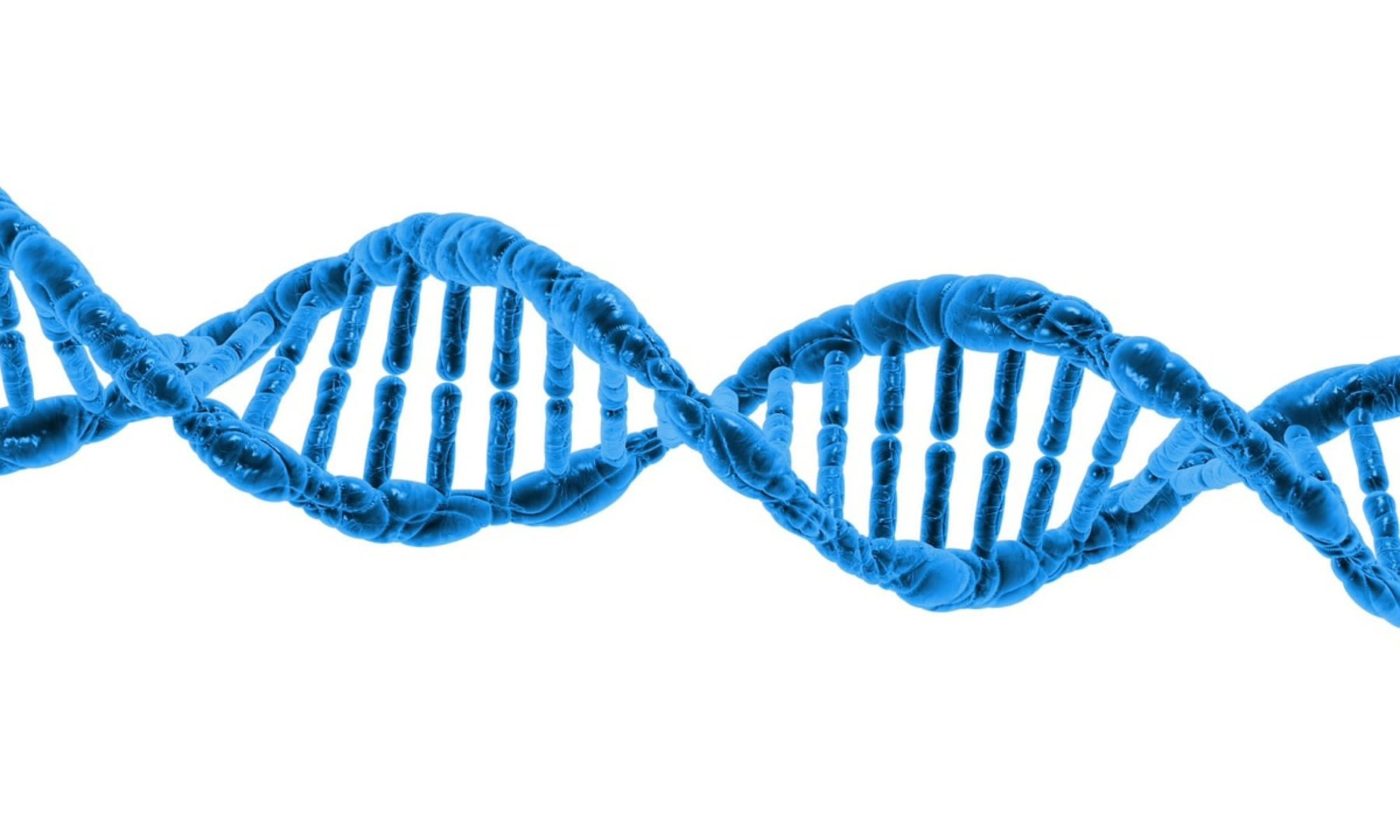The study cited below reviewed a critical body of studies that evaluated whether photobiomodulation reverses dementia. Researchers drew the conclusion that “photobiomodulation has wide applicability in the treatment of stroke, traumatic brain injury, Parkinson’s disease, Alzheimer’s disease, major depressive disorder, and other diseases.”
The previous term for this therapy was “low level laser therapy.” Researchers could not agree on what “low” meant exactly so an agreement was made to name the therapy photobiomodulation. It stands at the top of my list of natural therapies that can address dementia, especially in the formative stages.
Robert Rodgers PhD
Parkinsons Recovery
Olympia Washington
360-866-9297
Current application and future directions of photobiomodulation reverses dementia in central nervous diseases such as Alzheimer’s and Parkinson’s
Neural Regen Res (Neural Regeneration Research) 2021 Jun;16(6):1177-1185.
Abstract
Photobiomodulation using light in the red or near-infrared region is an innovative treatment strategy for a wide range of neurological and psychological conditions. Photobiomodulation can promote neurogenesis and elicit anti-apoptotic, anti-inflammatory and antioxidative responses. Its therapeutic effects have been demonstrated in studies on neurological diseases, peripheral nerve injuries, pain relief and wound healing. We conducted a comprehensive literature review of the application of photobiomodulation in patients with central nervous system diseases in February 2019. The NCBI PubMed database, EMBASE database, Cochrane Library and ScienceDirect database were searched. We reviewed 95 papers and analyzed. Photobiomodulation has wide applicability in the treatment of stroke, traumatic brain injury, Parkinson’s disease, Alzheimer’s disease, major depressive disorder, and other diseases. Our analysis provides preliminary evidence that PBM is an effective therapeutic tool for the treatment of central nervous system diseases. However, additional studies with adequate sample size are needed to optimize treatment parameters.
